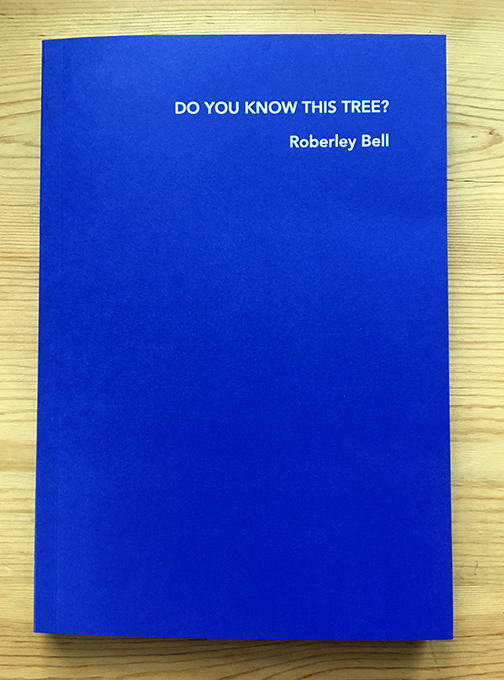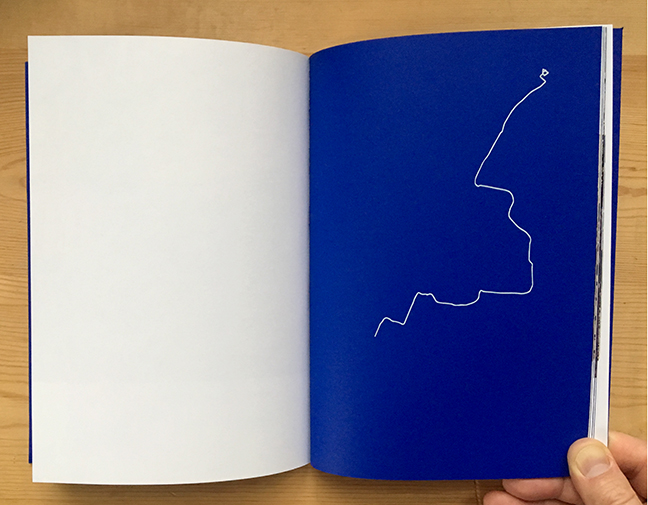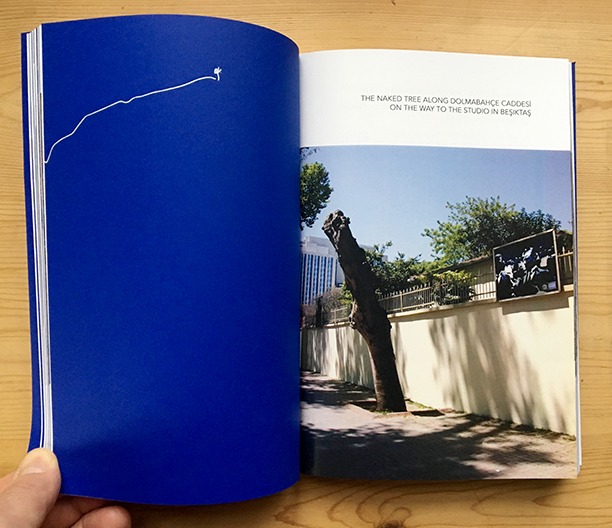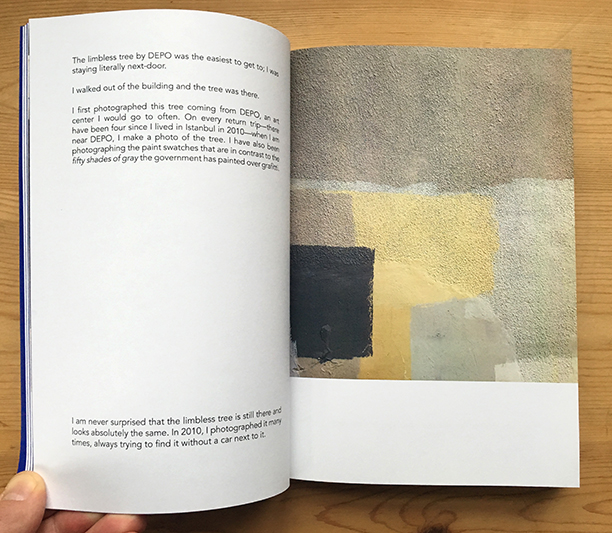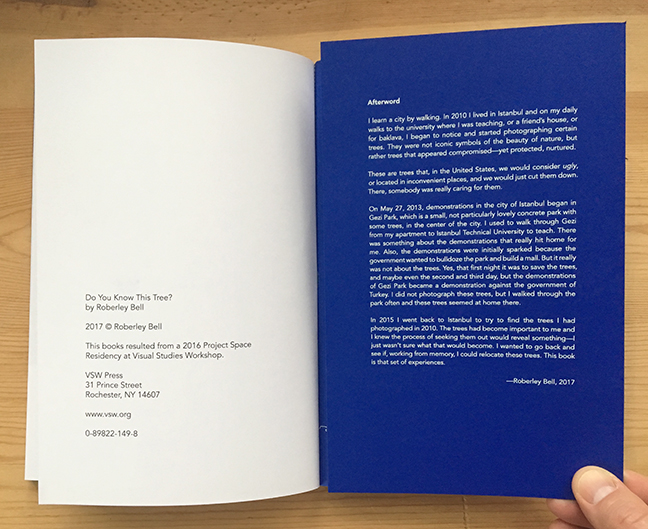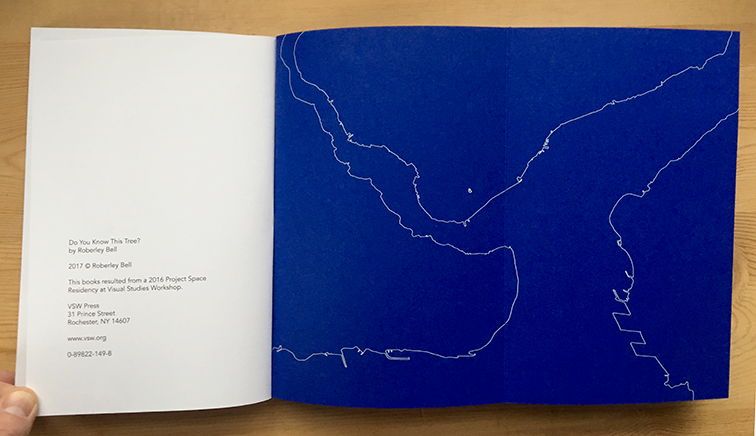Publications VSW Press
Do You Know This Tree? by Roberley Bell
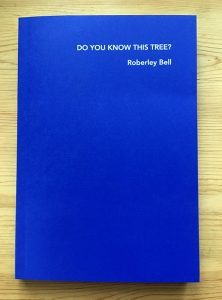
Roberley Bell – Do You Know This Tree?
2017, VSW Press, 6 x 8.75 inches, 134 pages, perfect bound with a gatefold back cover, multiple paper stocks, edition of 100
To purchase, please visit our online bookstore or subscribe to VSW Press.
Roberley Bell’s Do You Know This Tree collects daily walks the artist took from an apartment in Istanbul to various trees she photographed five years prior. The book’s diary-like text reveals Bell’s thoughts and document her encounters as she searches for these “ugly” trees that in their caretaking represent for the artist the humanity of the city of Istanbul.
Read MoreThe below statement by Bell is from an interview by Rachel Adams, Associate Curator of University at Buffalo Art Galleries published in 2016 in Afterimage: the Journal of Media Arts and Cultural Criticism:“In 2010, I lived in Istanbul teaching on a Fulbright scholarship. I was there working on a public intervention with a group of architecture and urban planning students. While I was there I needed something to do, and as a sculptor and primarily an objectmaker it was clear that making sculpture was not what I was going to be doing, due to lack of access to space and facilities. So I spent most of my time walking, and I started photographing trees that were not iconic symbols of beauty and nature, but rather trees that appeared compromised—yet protected, nurtured. I was photographing them but wasn’t really conscious of why. The team of architects I was working with became interested in why I was photographing these trees, what drew me to them. Having to talk out loud about it, I came to the understanding—only because I had already been in Istanbul for several months by then, in a city of, at the time, twelve million—that the trees were a stand-in for the humanity of the city of Istanbul.
These are trees that, here in the United States, we would consider “ugly,” or located in inconvenient places, and we would just cut them down. There, somebody was really caring for them, and I was really taken by that and realized the trees were important to me.
Then on May 27, 2013, the demonstrations in the city of Istanbul began in Gezi Park, which is a small, not particularly lovely concrete park with some trees in the center of the city. I used to walk through Gezi from my apartment to Istanbul Technical University to teach. There was something about the Gezi demonstrations that really hit home for me. Also, the demonstrations were initially sparked because the government wanted to bulldoze the park and build a mall. But it really was not about the trees. Yes, that first night it was to save the trees, and maybe even the second and third day, but the demonstrations in Gezi Park became demonstrations against the government of Turkey. I did not photograph these trees, but I walked through the park often and these trees seemed at home there.
I was on sabbatical in 2015 and wrote a grant to go back and try to find the trees I had photographed in 2010. The trees remained important to me and I knew the process of seeking them out would reveal something—I just wasn’t sure what that would become. I wanted to go back and see if, working from memory, I could relocate these trees. I t was an extraordinary experience, and it was not what I set out to do. Seeking out the trees became more than a strategy. It developed into a rich set of experiences involving encounters with strangers, he participation of my friends, and a daily exploration that became richer than I originally anticipated.
To purchase, please visit our online bookstore.
